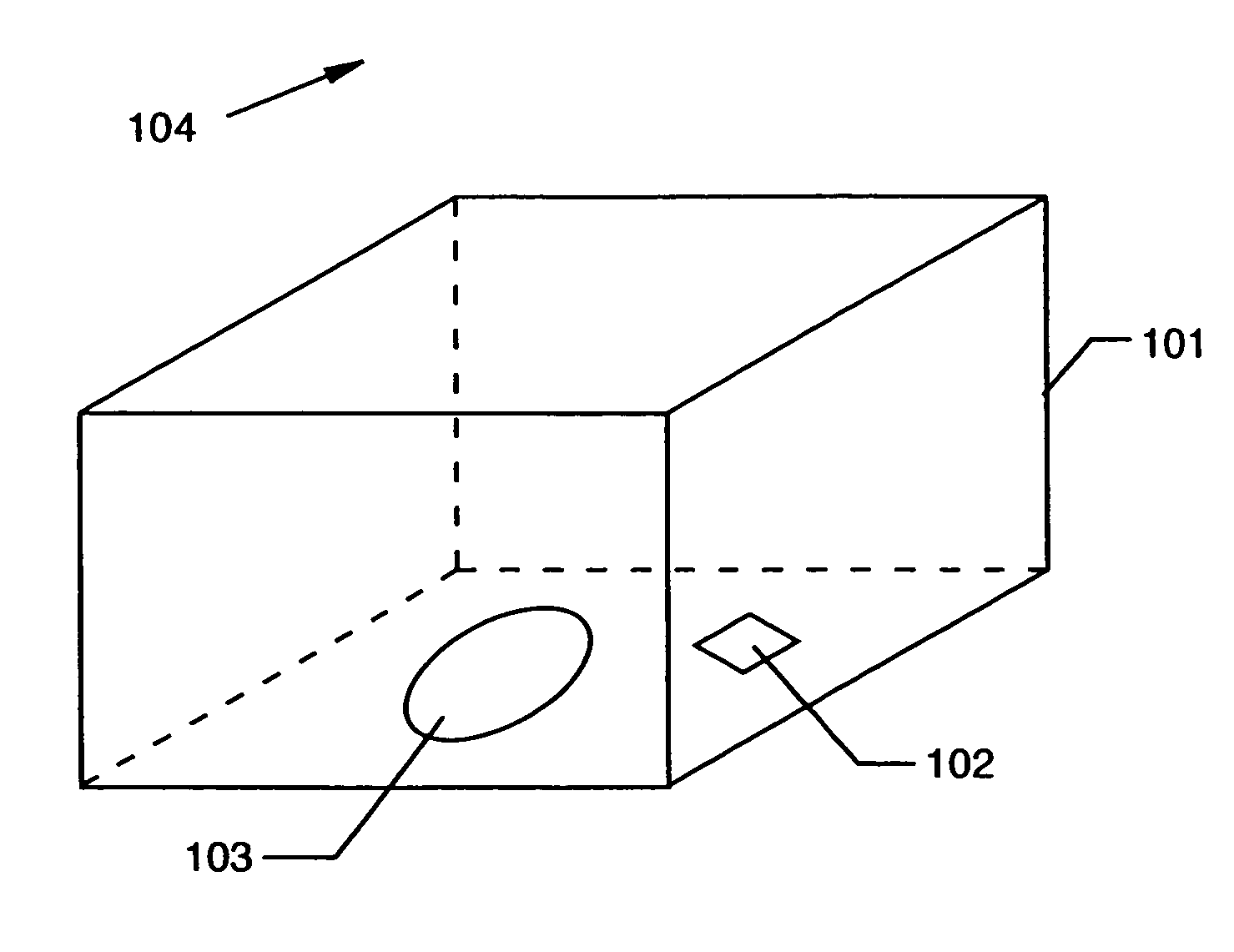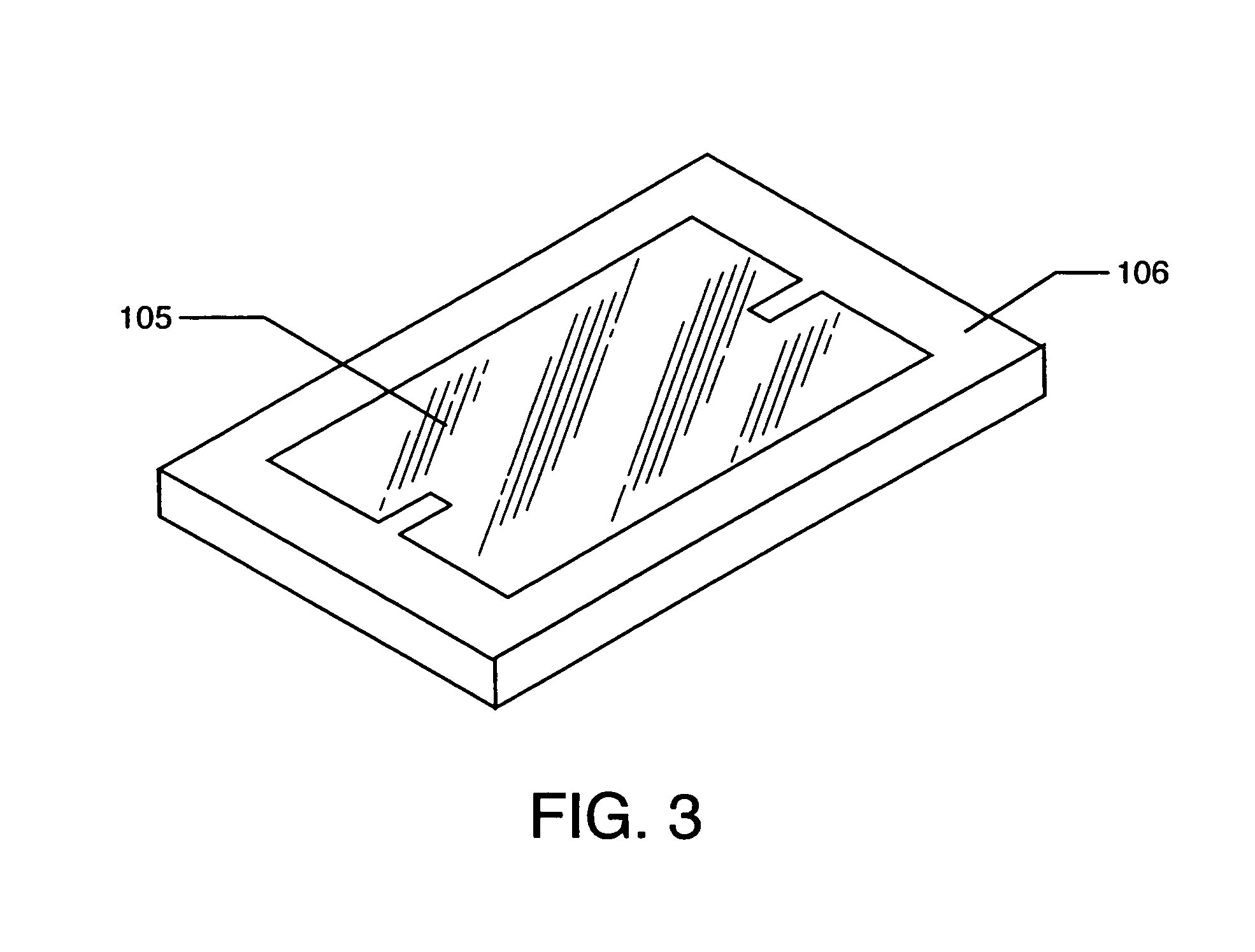Packaging system with oxygen sensor for gas inflation/evacuation system and sealing system
a technology of gas inflation/evacuation system and oxygen sensor, which is applied in the direction of instruments, catheters, guide wires, etc., can solve the problems of gamma radiation being detrimental to some chemical systems and compositions, affecting the stability of the controlled atmosphere, and affecting the air quality
- Summary
- Abstract
- Description
- Claims
- Application Information
AI Technical Summary
Benefits of technology
Problems solved by technology
Method used
Image
Examples
Embodiment Construction
[0056]In one embodiment of the present invention, a packaging system or storage arrangement is provided that comprises a sealable container adapted to isolate the contents of the sealable container from the ambient atmosphere. In this embodiment, an oxygen-sensitive material is located inside the sealable container. The oxygen-sensitive material can undergo a visual change upon contact with oxygen after the oxygen-sensitive material has been irradiated with radiation in the absence of oxygen. In one embodiment, the visual change is a color change. In some embodiments, the sealable container can isolate a medical product from the ambient atmosphere, while in other embodiments the sealable container can isolate a food product. In one embodiment, the sealable container isolates a distal occlusion inflation device from the ambient atmosphere. In some embodiments, the oxygen-sensitive material comprises a polycarbonate material. In one embodiment, the polycarbonate material comprises Dow...
PUM
| Property | Measurement | Unit |
|---|---|---|
| wavelengths | aaaaa | aaaaa |
| pressure | aaaaa | aaaaa |
| outer diameter | aaaaa | aaaaa |
Abstract
Description
Claims
Application Information
 Login to View More
Login to View More - R&D
- Intellectual Property
- Life Sciences
- Materials
- Tech Scout
- Unparalleled Data Quality
- Higher Quality Content
- 60% Fewer Hallucinations
Browse by: Latest US Patents, China's latest patents, Technical Efficacy Thesaurus, Application Domain, Technology Topic, Popular Technical Reports.
© 2025 PatSnap. All rights reserved.Legal|Privacy policy|Modern Slavery Act Transparency Statement|Sitemap|About US| Contact US: help@patsnap.com



